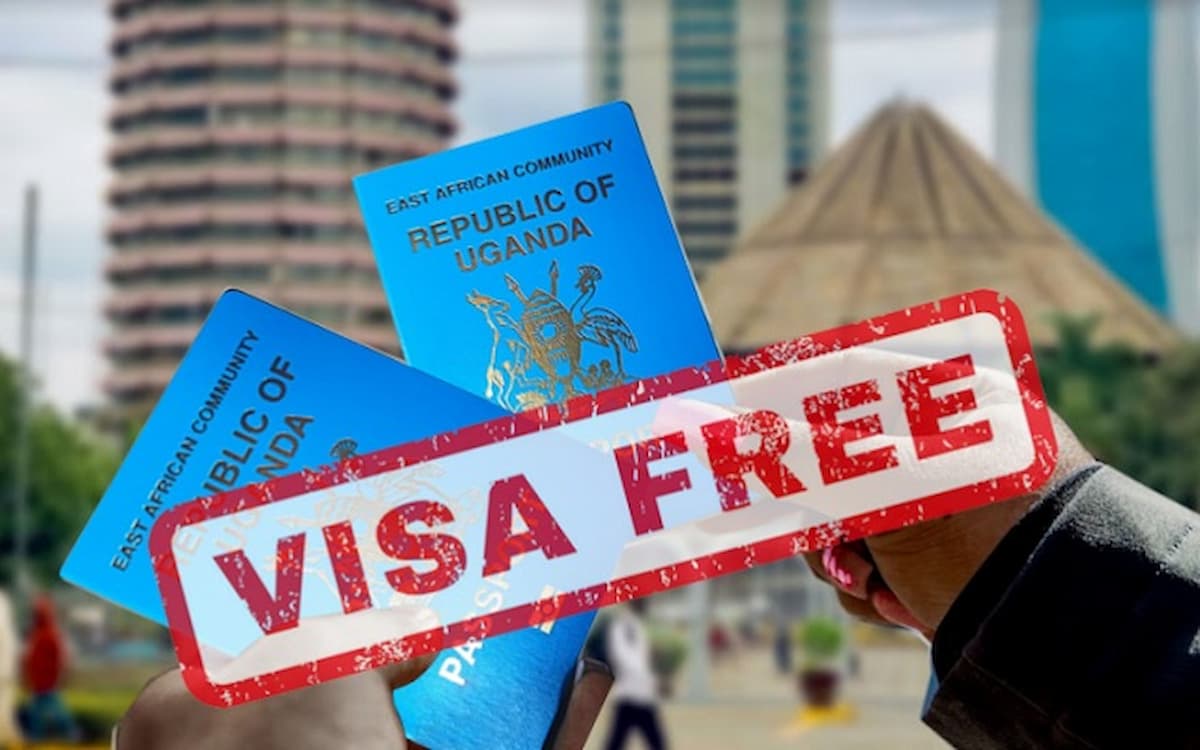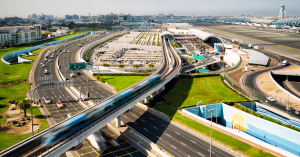Eritrea stands as a captivating country in the Horn of Africa, bordered by the vast expanses of the Red Sea. Its strategic geographical position and extensive coastline have historically made it a pivotal player in the trade and cultural exchanges between Africa and the Arabian Peninsula. This unique location is reflected in the diverse cultural fabric and linguistic mosaic that characterizes the nation today.
Historical Overview
The roots of Eritrea are deeply entrenched in both its location and its complex colonial history. Having been a convergence point for various civilizations, the region has witnessed an array of influences, from South Arabian to Ottoman Turkish, and eventually the Italian colonization in the 19th century. These layers of history have left a rich cultural and architectural legacy that continues to attract scholars and tourists alike.
Ethnic and Linguistic Diversity
Eritrea is home to a vibrant mix of ethnic groups, each preserving its own language and traditions. The nine recognized ethnic groups contribute to a linguistic landscape that includes Tigrinya, Tigre, and a number of other Afroasiatic languages, with Arabic and English serving as important secondary languages.
Tourism in Eritrea
Despite its political challenges, Eritrea offers an array of attractions for the intrepid traveler. From the mesmerizing architecture of Asmara, a UNESCO World Heritage Site, to the unspoiled islands and coral reefs of the Dahlak Archipelago, the country presents a tapestry of experiences. Eritrea’s tourism sector, though underdeveloped, provides a genuine adventure for those looking to explore one of Africa’s most secluded destinations.
Economic Landscape
Eritrea’s economy faces numerous challenges, reflected in its low ranking on the Index of Economic Freedom. However, it boasts significant potential in sectors like mining and tourism, which remain largely untapped due to geopolitical and internal issues.
Transportation Hubs
The country’s transportation infrastructure is centered around key airports like Asmara International, Massawa International, and Assab International. These facilitate both domestic and limited international travel, connecting Eritrea with neighboring countries and beyond.
Airline Services
The national carrier, Eritrean Airlines, along with other regional airlines such as Ethiopian Airlines and EgyptAir, connect Eritrea to the wider region, offering links despite the challenging economic conditions.
Countries that can visit to Eritrea without Visa:- Kenya, Uganda
Accommodations
Luxury and comfort can be found at Asmara Palace Hotel, the top choice for international visitors, alongside other reputable options like Crystal Hotel and Hotel Asmara Central. These establishments provide quality service and are central to the experience of visiting the capital.
Cultural Significance and Landmarks
Eritrea is renowned for its architectural wonders, like the futuristic Fiat Tagliero Building and the classic Cinema Roma in Asmara, reflecting the Italian modernist influence. The nation’s historical depth is further highlighted by its archaeological sites and over 400 historic churches and monasteries, testament to its rich spiritual and cultural heritage.
Eritrea remains a land of undiscovered beauty and rich history. Its complex past and diverse cultures make it a unique destination for those willing to venture off the beaten path. As the country slowly opens up to the world, its potential for tourism and economic growth continues to expand, promising a brighter future ahead.
Source: Travel and Tour World.






